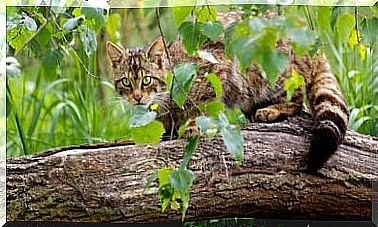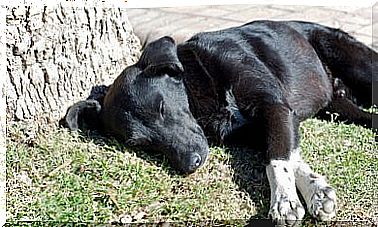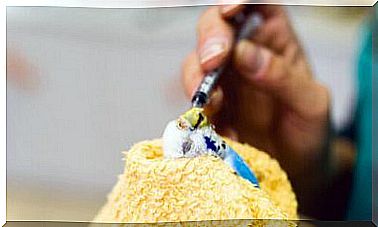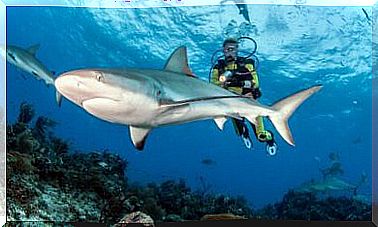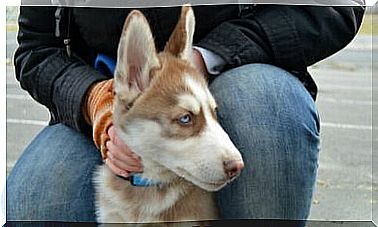Great News! For The First Time In 100 Years, Turtles Are Born In The Galapagos
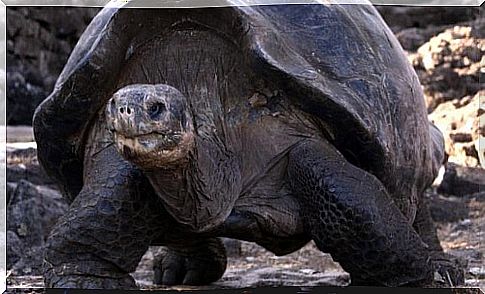
Although the variety of flora and fauna that exists in the Galapagos Islands is abundant, possibly the first species that comes to mind when we mention them are the ancient and gigantic turtles in the Galápagos. The good news is that, after 100 years, some of these magnificent turtles have been reborn in freedom.
A century of waiting for turtles to be born again in Galapagos
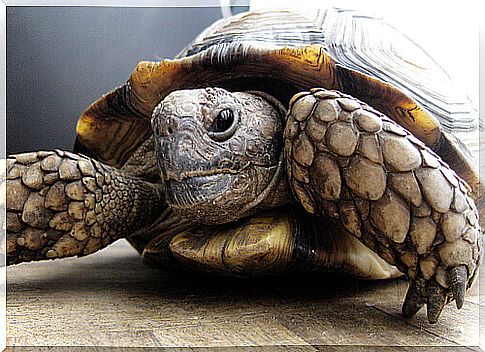
Author: Leandro Martinez
This great feat took place on Pinzón Island. These are baby specimens of Chelonoidis ephippium, the smallest of the Galapagos giant tortoises, whose carapace reaches 84 centimeters.
Species endemic to this island, the Chelonoidis ephippium was very close to become extinct half a century ago. In 1970 a scientific expedition found only 19 specimens with an average age of 70 years.
Then, the turtles were taken to Santa Cruz Island, where the Charles Darwin Foundation is located, a scientific station dedicated to studying and preserving the life of the archipelago and its ecosystems. There, it was possible to reproduce the animals in captivity, and then introduce the young individuals into their natural environment.
The Chelonoidis ephippium is in charge of regulating ecosystem of the island Pinzón, since it is the main herbivorous place. With the birth of these offspring, after 100 years, the ecosystem began to be restored by itself, according to experts.
Some data about turtles in Galapagos
Giant tortoises are the oldest animals among all vertebrates. Their average age is over 100 years old, but there are specimens that manage to live for a century and a half.
We will tell you other details about these magnificent beings:
- They can reach up to a meter and a half in width and 250 kilograms in weight.
- They feed on herbs, leaves and cactuses.
- They sleep around 16 hours a day.
- They can go up to a year without eating or drinking, thanks to their slow metabolism and the large water reserves they accumulate.
- As they are in danger of extinction, they have been strictly protected by the Ecuadorian government since 1970.
Pirates on Galapagos
When Charles Darwin arrived in the Galapagos in 1835, 15 types of giant tortoises inhabited the archipelago. Today there are only 11 types.
From an initial population estimated at 250,000 animals, there are currently 15,000. And it is estimated that more than 100,000 specimens were captured by pirates, whalers and merchants between the 17th and 19th centuries.
In those years, the islands were considered a safe haven and a good place for ships to stock up on water and food. And the main source of meat on the Galapagos was, undoubtedly and unfortunately, the giant tortoise.
man’s hand, always getting ready
Furthermore, the human presence on the islands, as usual, was responsible for destroying the natural environment and causing the extinction of many species and putting others in danger of disappearing.
With man, strange animals arrived in the environment and that soon became a constant threat to the food sources and to the turtle eggs. For example:
- pigs
- goats
- dogs
- Cats
- wild cows
Rodents, the main reason why turtles could no longer be born in Galapagos
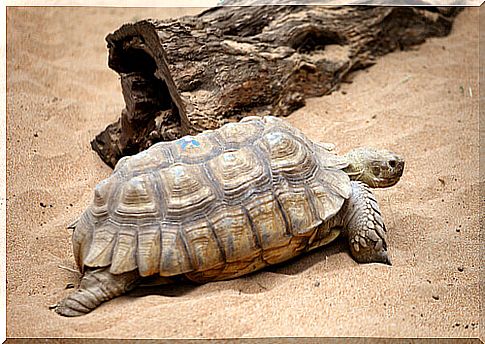
But with humans, many rats also arrived in the Galapagos Islands. They came from the ships with them. And they found a feast available in turtle eggs.
For this reason, in 2012 a campaign was started to eradicate these rodents from the archipelago, as the turtles reproduced only in captivity, where they remained in the care of humans until they reached a size large enough not to become prey to predators.
Finally it seems that this situation is starting to reverse and the wonderful giants managed to make their offspring come to be born again in freedom. Congratulations!
Main image source: www.lavoz.com.ar


